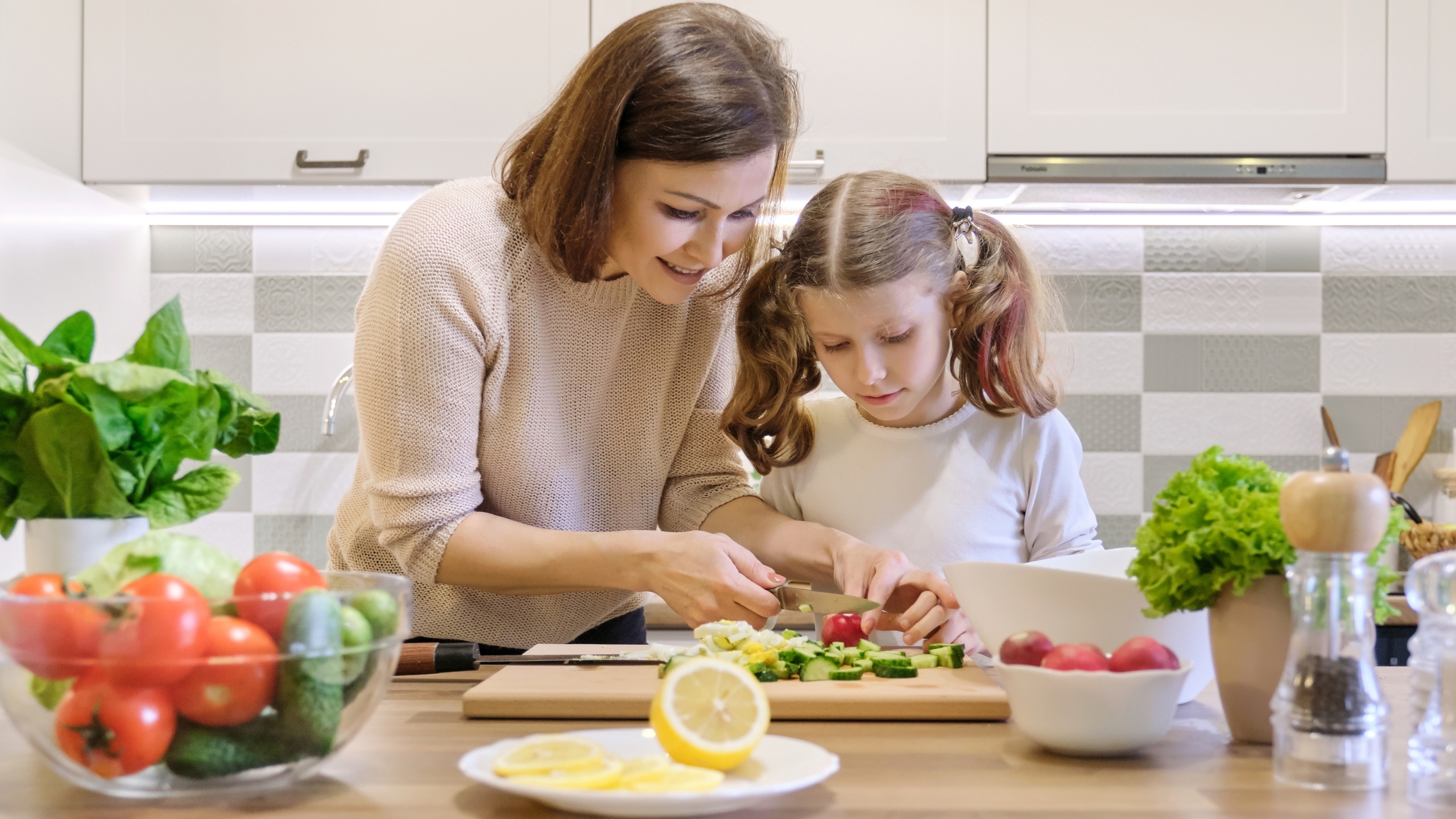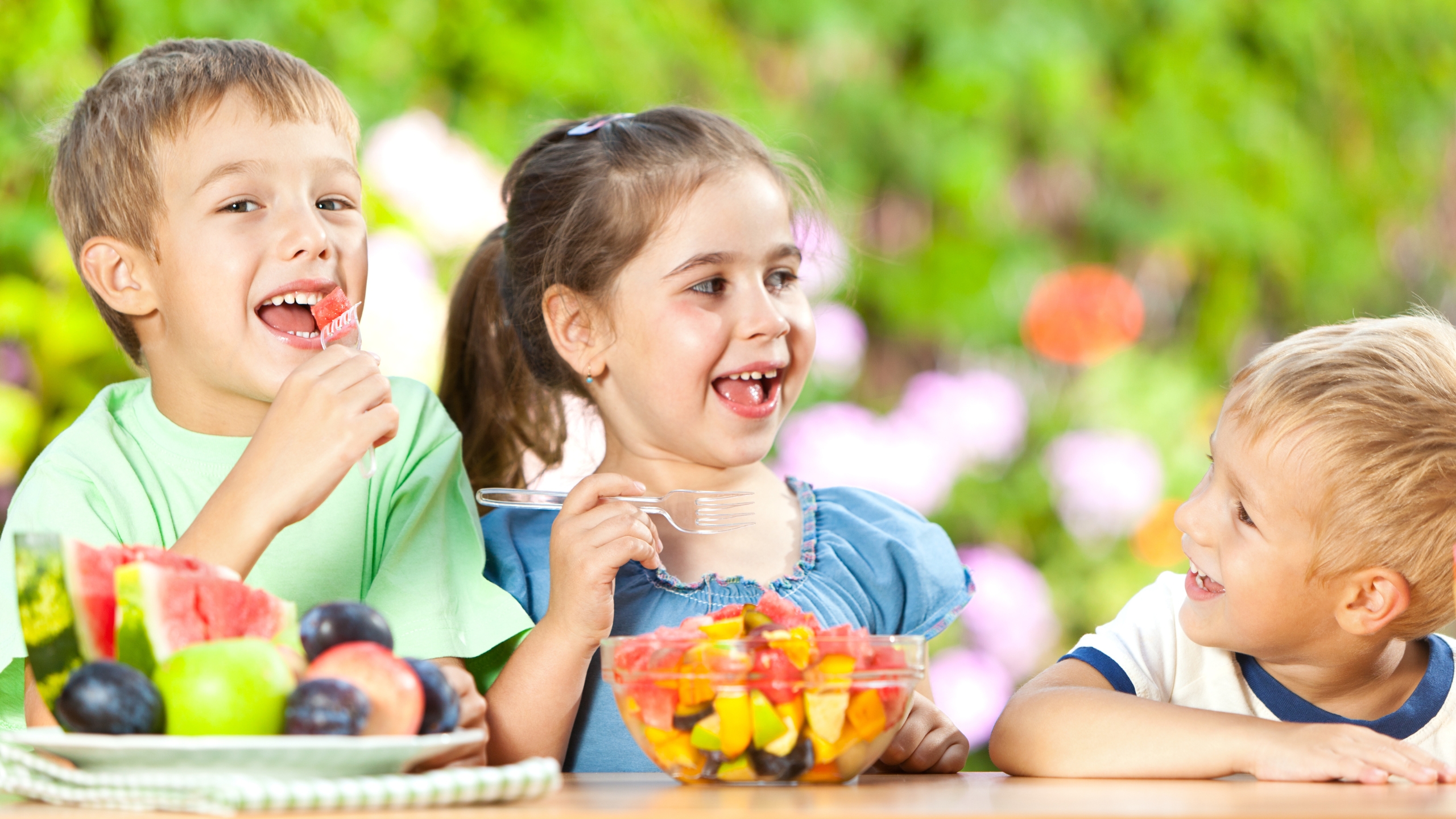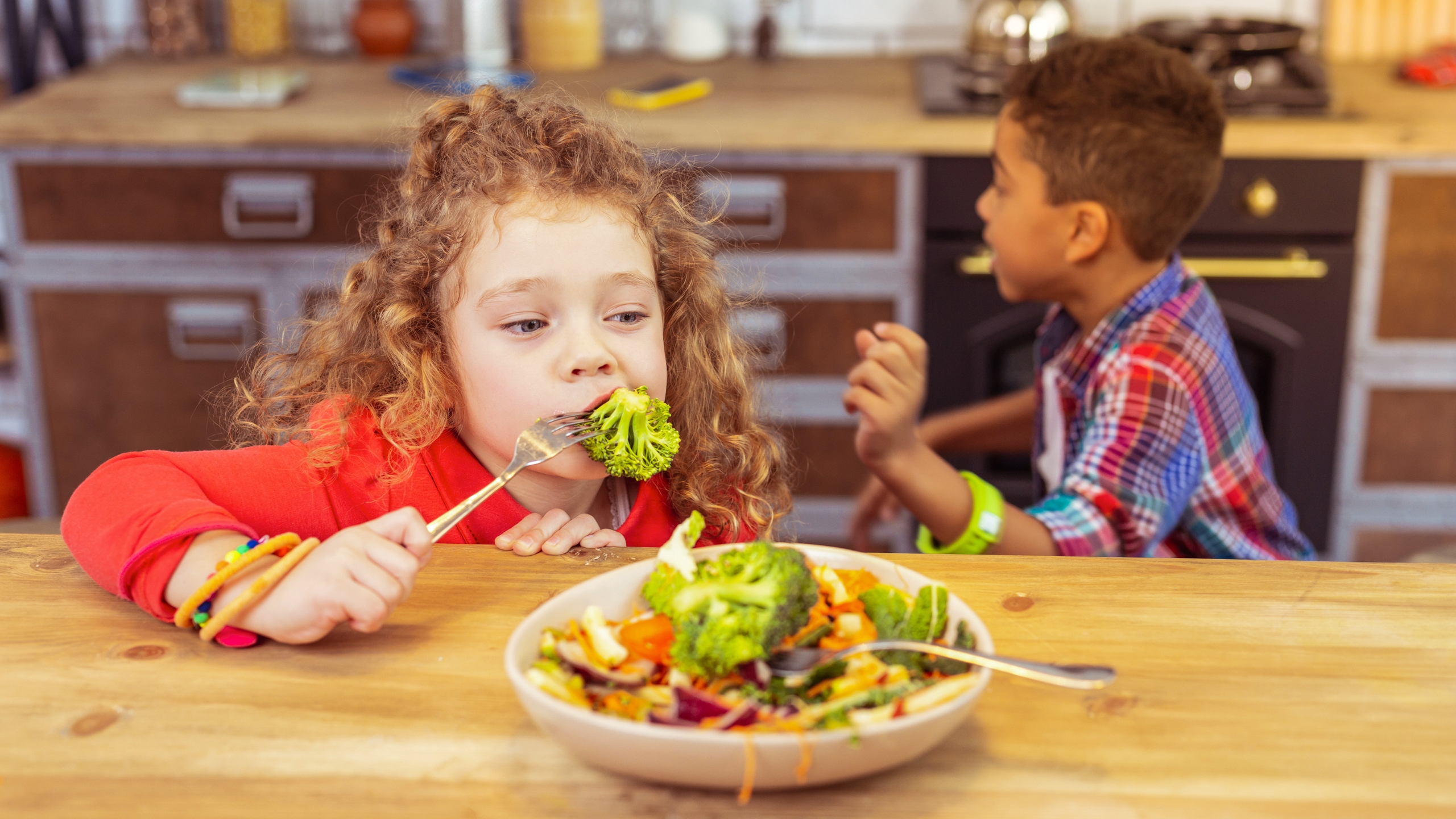
Teaching Kids About Healthy Eating: Fun and Easy Ways to Make Food Education Stick
Teaching kids about healthy eating does not have to be a lecture. In fact, the more fun and engaging it is, the better chance it has of sticking. For many parents and educators, the issue they face isn't knowing what healthy eating looks like, it's making nutrition something kids actually want to learn about. The silver lining is that there are straightforward, creative ways to enliven food education.
Also Read The Impact of AI and Social Media on Kids’ Mental Health in 2025
Whether you're a parent packing lunchboxes or a teacher teaching food groups in the classroom, this guide will teach you how to make nutrition meaningful, memorable, and most importantly - fun.
Why Educate About Food Early?
Children begin to develop habits that will last a lifetime at a young age. How they learn to think about food now can dictate their experiences and choices for the next several decades (at least!). Educating children about food at a young age gives them the knowledge and confidence to make wise decisions when they are away from adults too.
Getting kids started young components to developing a healthy relationship with food. It is not only about how children view the foods they eat, but rather how they feel about eating. Making this learning fun will help improve the chances of them not being picky eaters, having food anxiety, or relying on junk food or their parents.
Here’s why starting early truly matters:

1. Starts the Process of Formation of Lifelong habits
The sooner a child can learn about healthy food, the more successful they will be maintaining the habit as an adult. Children can be very suggestible, so if we can teach them to enjoy fruits, vegetables, and balanced meals, we establish an excellent basis for that person well-being and the habits they carry into adulthood.
2. Affects Growth and Brain Development
Nutrition plays a major role in growth and brain function. When children have an idea about what food is, where it comes from, and how it affects their bodies, they will be more likely to make choices that will help give them the energies and help with their learning and growth.
3. Arguments Against Picky Eating and General Food Anxiety
When children have early exposure to food reports that relies on taste and texture and open conversations about foods and taste, they are less likely to have picky eating behavior or fear surrounding foods. Most importantly, once children are taught about food and taste, they feel included, and can become more curious and adventurous with their food choices.
4. Promotes Independence and Confidence
When youth can learn and to make their own healthy food choices it promotes independence. Encouraging children to be involved in preparation of snacks or choosing lunch snacks, allows them to take ownership in a positive way for their health.
5. Develops Emotional and Social Skills
A meal is more than just a chance for fuel; it’s an opportunity for connection. Teaching children about food will help them develop some social skills like sharing, patience, and gratitude, while connecting them to family traditions and cultural diversity.
6. Develops Awareness of Where Food Comes From
Early education helps children to learn about and develop an understanding of the journey their food takes from farm to table. This can foster appreciation of the food they eat while also helping to reduce food waste, and could possibly even plant the seed of hope of an interest in gardening, cooking, or sustainability.
Initiating food education early is not about restrictions or rules; it is about curiosity, exploration, and allowing children to have the tools to enjoy food in a way that nourishes their body and mind. It can be the most simple and yet one of the most powerful gifts you can give a child for their whole life.
Make Nutrition Visual and Relatable

Create a Food Rainbow Chart
Kids are naturally drawn to colors. A rainbow food chart can help them understand that healthy eating means variety. Ask your child to list or draw red, orange, yellow, green, blue, and purple foods they know. Challenge them to “eat the rainbow” during the week and mark off the colors as they go.
Use Storybooks About Food
There are many beautifully illustrated children's books that teach nutrition without sounding preachy. Stories like “The Very Hungry Caterpillar” or “I Will Never Not Ever Eat a Tomato” sneak in healthy messages while keeping the tone lighthearted and fun.
Build a Food Group Plate Together
Use paper plates or real meals to talk about different food groups. Instead of complex science terms, use clear categories like “grow foods” (proteins and grains), “glow foods” (fruits and vegetables), and “go foods” (carbohydrates for energy). This makes it easier for kids to remember and relate to.
Turn Mealtime into Playtime
Host a “Build Your Plate” Game
Set up a mini buffet with healthy options and let your child design their own plate. Use cookie cutters for sandwiches, fruit skewers, or vegetable “paintbrushes” with yogurt dip. Making food playful encourages them to try new things.
Grocery Store Scavenger Hunt
Give your child a list of healthy items to find in the store. Include clues like “Find something green and crunchy” or “Find a fruit that grows on trees.” This turns a boring shopping trip into a food learning adventure.
Use Conversations That Stick
Talk About How Food Helps Their Body
Kids are curious about their bodies. Instead of saying “Eat this because it’s healthy,” say “Carrots help your eyes see better” or “Yogurt keeps your bones strong.” Tie food benefits to things they care about — like growing taller or having more energy to play.
Let Them Ask Questions
Be open to conversations about food choices. If your child asks why candy tastes better than broccoli, do not dismiss it. Instead, talk about sugar, taste buds, and how balance matters. Honest, age-appropriate dialogue builds trust and understanding.
Engage Through Hands-On Learning

Cook Together
Let your child help with simple tasks like washing vegetables, stirring batter, or measuring ingredients. When kids are involved in preparing food, they are more likely to eat it — and feel proud of their choices.
Start a Small Garden
Even a windowsill herb garden can make a big impact. Watching something grow from a seed teaches kids where food comes from and builds excitement around fresh ingredients.
Make Healthy Eating a Family Culture
Nutrition should not be something kids learn once and forget. It should be a part of everyday life. Model healthy habits, eat meals together when possible, and keep the tone positive. Avoid labeling foods as “good” or “bad” — instead, talk about “everyday foods” and “sometimes foods.”
Teaching kids about healthy eating does not require a nutrition degree. It just takes creativity, consistency, and compassion. By combining visual tools, playful activities, and meaningful conversations, you can help children develop a lifelong love of nutritious food.
Start small. Try one new strategy each week and notice how your child responds. The goal is not perfection but progress — and every fun learning moment brings your child one step closer to healthy habits that last a lifetime.


